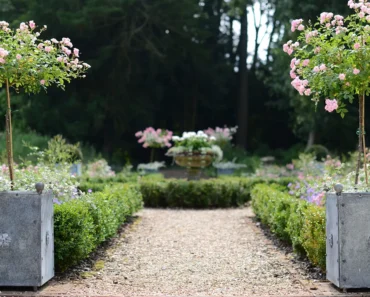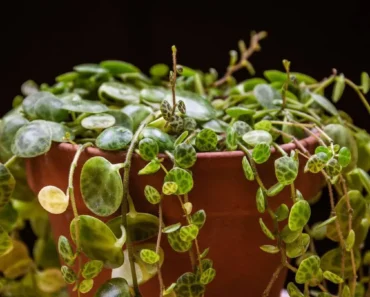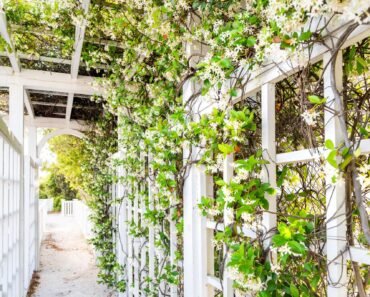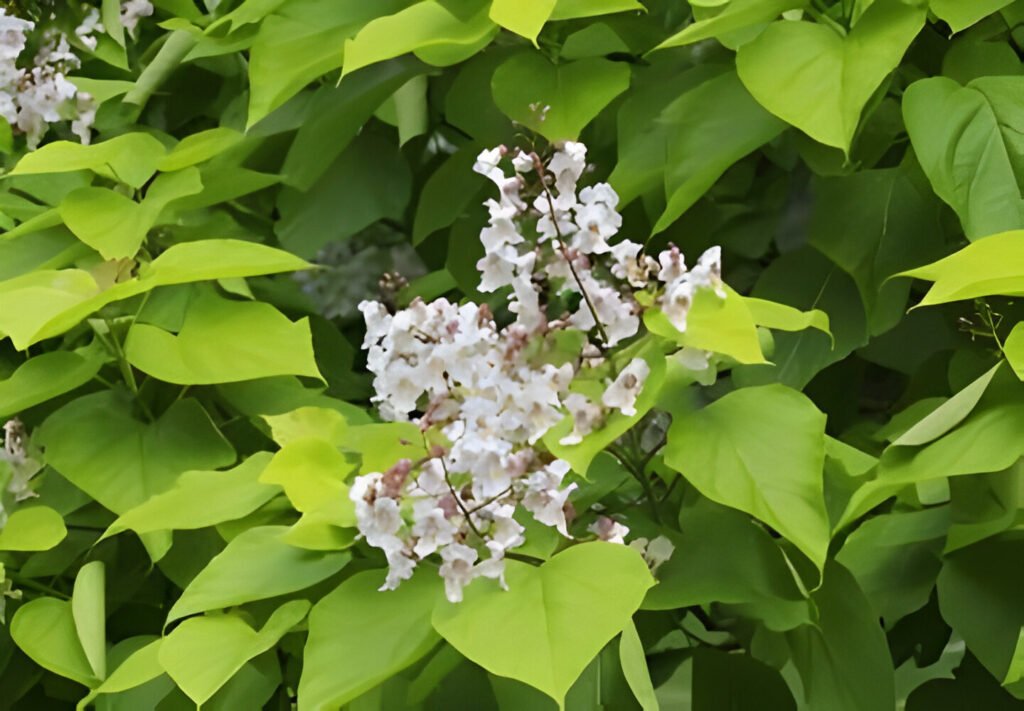
Indian Bean Tree Growth, known scientifically as Catalpa bignonioides, offer a captivating display of large, heart-shaped leaves and stunning panicles of white flowers. They are an ideal choice for gardeners looking to add a touch of drama and shade in their landscapes. Originating from parts of the Southern United States, they thrive in a variety of climates, making them a versatile choice for gardens around the world. This article explores comprehensive strategies to cultivate Indian bean trees, ensuring they grow healthily and efficiently.
The Indian Bean Tree
Native Habitat and Characteristics
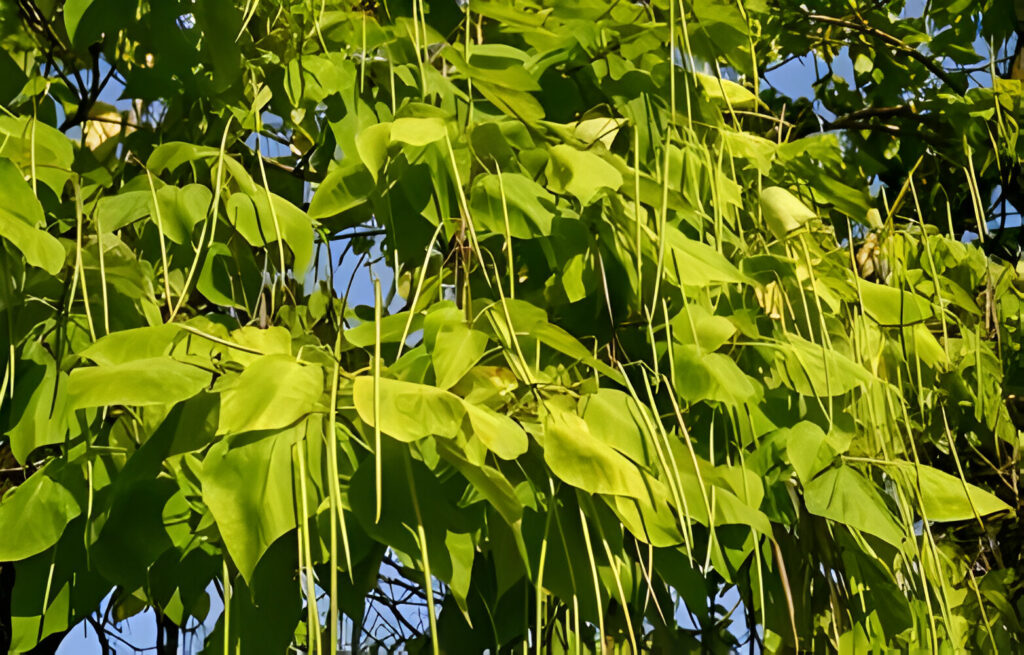
The Indian bean tree, also known as the Southern catalpa, originates from the riverbanks and warm regions of the southeastern United States. It is renowned for its rapid growth and ability to reach up to 60 feet in height. The tree is particularly noted for its broad, heart-shaped leaves and its summer blossoms, which are white with yellow and purple markings.
Benefits and Uses
Beyond its ornamental value, the Indian bean tree is known for its hardy wood, used in furniture making and other woodcrafts. Its dense canopy provides excellent shade, making it a popular choice for residential gardens and parks. Additionally, the tree’s flowers and long, bean-like seed pods add a unique aesthetic value during different seasons.
Optimal Conditions for Growing Indian Bean Tree
Soil Requirements
Indian bean trees are not fussy about soil types; however, they perform best in well-drained soils enriched with organic matter. A neutral to slightly acidic pH helps in maintaining an optimal growing environment for this species.
Light and Temperature Needs
Full sun is ideal for the growth of the Indian bean tree, although it can tolerate partial shade. The tree is adaptable to a wide range of temperatures but thrives in USDA zones 5 through 9, where it is protected from extreme cold.
Watering and Humidity
Regular watering is crucial during the tree’s first few years. Once established, the Indian bean tree is relatively drought tolerant but benefits from occasional deep watering during prolonged dry periods.
Planting the Indian Bean Tree
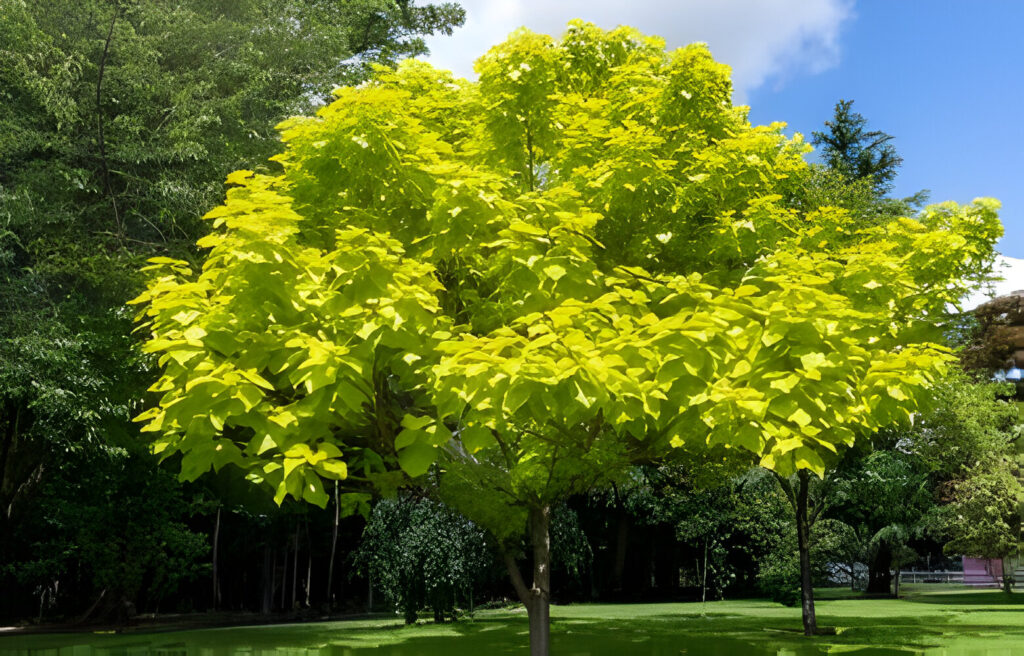
Best Time to Plant
The ideal time to plant the Indian bean tree is during the cooler months of spring or fall. This timing allows the tree to establish roots without the stress of high heat or potential frost.
Planting Technique
To plant an Indian bean tree, dig a hole twice as wide as the root ball but just as deep. Ensure that the root flare (where the roots meet the trunk) is at soil level. Backfill the hole with a mix of native soil and compost, and water thoroughly to settle the soil around the roots.
Care and Maintenance
Fertilizing and Feeding
Feed the Indian bean tree with a balanced, slow-release fertilizer in early spring to support vigorous growth and blooming. Avoid over-fertilizing, which can lead to excess leaf growth at the expense of flowers.
Pruning and Shaping
Pruning should be done in the late winter while the tree is dormant. Remove any dead or diseased branches, and thin out the canopy to allow light and air to penetrate, which helps reduce disease risks.
Pest and Disease Management
While generally robust, Indian bean trees can occasionally be affected by pests such as catalpa worms, which are actually prized by fishermen as bait. Treat infestations with appropriate insecticides or encourage natural predators to visit your garden. Common diseases include powdery mildew and leaf spot, which can be managed with fungicides and by keeping the foliage dry during watering.

